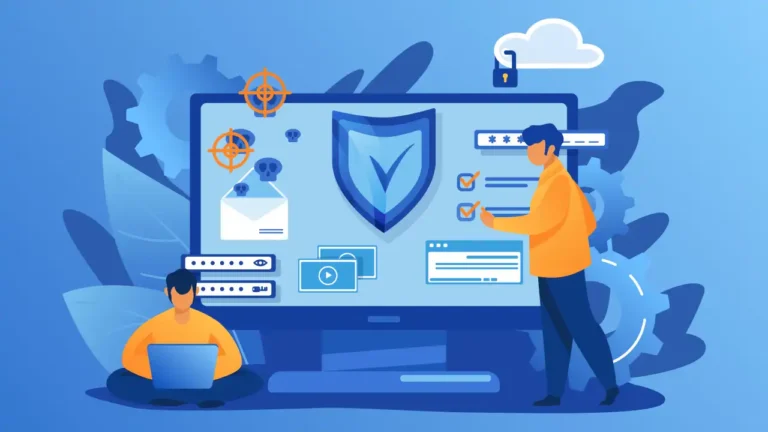With the quickly changing digital environment, how to ensure Cyber resilience in software development is a talk of concern for tech companies and software vendors. Cyber resilience is achieved in software development when strong security controls are placed at each stage of the lifecycle to secure from cyber threats. In this article, I want to show a number of good strategies and practices when it comes to making sure that your software stays secure and reliable.
Table of Contents
Understanding Cyber Resilience in Software Development
What is Cyber Resilience?
Cyber resilience is the capacity of software systems to resist and bounce back from cyberattacks without compromising critical operations. Resilience is essential for stopping data breaches, safeguarding user data, and preserving system integrity.
Importance of Cyber Resilience
A proactive approach to security is critical for software engineers, given the increasing sophistication of cyber attacks. Cyber resilience lessens the impact on consumers and organizations by ensuring that software can withstand assaults and swiftly recover from any disruptions.

Key Strategies for Enhancing Cyber Resilience
Importance of Cyber Resilience
1. Secure by Design
Shift Security to the Left
Principles of Secure Design
- Threat Modeling: Identify potential threats early in the design process.
- Security Requirements: Define security requirements alongside functional requirements.
- Regular Testing: Conduct regular security testing throughout development.
2. Secure Coding Practices
- Input Validation: Ensure all input is validated to prevent injection attacks.
- Code Reviews: Regularly review code for security issues.
- Use of Secure Libraries: Utilize well-maintained and secure libraries and frameworks.
3. Build Environment Security
Protecting the Build Environment
- Access Controls: Restrict access to the build environment to authorized personnel only.
- Continuous Integration (CI) Tools: Use CI tools to automate security checks.
4. Continuous Monitoring and Maintenance
Ongoing Security Measures
- Patch Management: Regularly update and patch software to fix known vulnerabilities.
- Security Audits: Conduct regular security audits to identify and address new threats.

5. Effective Communication with Customers
Transparent Communication
- Security Documentation: Provide detailed security documentation with your software.
- Incident Response Plans: Share your incident response plans with customers.
Frequently Asked Questions (FAQs)
Conclusion
Building cyber resilience into software development is becoming increasingly important to defend against the rising risk of cyber attack. Following secure by design principles, secure coding practice and ensuring the integrity of build environment together with continuous monitoring can raise the bar for software vendors in terms of security posture and product trustworthiness. And when we can communicate clearly and directly with customers, this resilience is only strengthened — which ultimately creates a vibrant digital landscape for everyone.
Following these best practices your Software would be Robust, Secure and kill a lot of cyberthreats which helps to build confidence in the user’s mind and stay ahead in the market.





